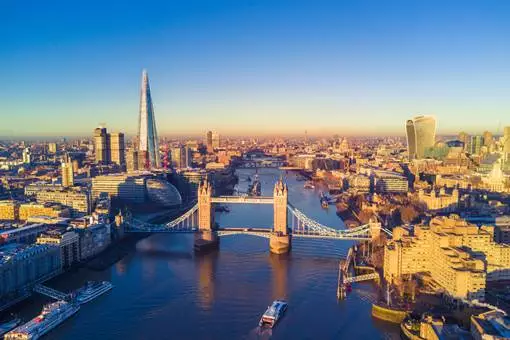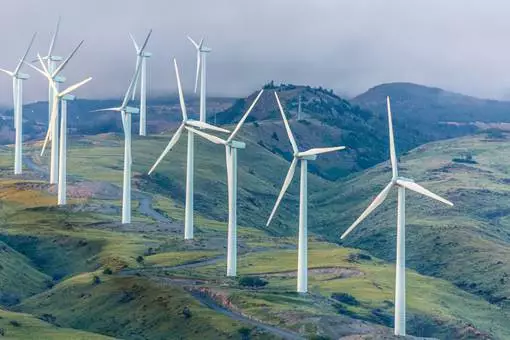One million homes could soon access newfound renewable heat
- 30th March 2015
- Sustainable Business

An interactive map has revealed previously hidden locations of renewable water source heat which could soon be heating up to one million homes across England.
The innovative Water Source Heat Map has revealed secret energy in over 4,000 rivers, estuaries, canals and coastal sites across the country. Together, these sources could provide over six gigawatts of low-carbon heat to homes and business premises across the country.
For buildings to access the renewable heat available, a water source heat pump needs to be installed. These pumps extract heat from the water sources and transfer it to heat networks or single buildings. This contributes towards eliminating the need for gas-fired heating, and could reduce the average household’s carbon footprint by up to 50 per cent.
Maximising use of what is available
At the map launch last week, Energy and Climate Change Secretary Ed Davey, said: “We need to make the most of the vast amount of clean, renewable heat that lays dormant and unused in our rivers, lakes and seas.”
In total, the map has identified 4,041 waterways around England: 3,769 rivers, 135 estuaries, 84 coastal sites and 53 canals.
Mr Davey added: “Doing this will help contribute to an energy mix that maximises clean, reliable home-grown resources rather than relying on foreign fossil fuels. It also provides a system that bolsters growth in our local economies, protects the natural environment, and creates resilient communities that are capable of producing sustainable power systems.”
Helping people get started
The map also provides information to help people get their water source heat pump projects underway. It includes details of water conditions, such as temperature and flow rates, as well as the potential heat capacity of each waterway and the levels of heat demand across England.
Dr Steve Priddy, Head of Research at London School of Business and Finance (LSBF), said: “This discovery points yet again to one of the characteristics of the carbon cut out transition: indigenous knowledge.”
“There are big technologies and installations that will be required in a low carbon future, but the growing realisation that each country and region has its own energy mix means that solutions will form a patchwork, not just between the UK and the USA, but also between Sussex and Suffolk,” he added.
Other News
Citi Microentrepreneurship Awards celebrate responsible business finance sector
Sixteen businesses that have accessed responsible business finance have been announced as finalists at the Citi Microentrepreneurship Awards. The awards,…
£70 million regeneration plan for London launched
A £70 million regeneration plan to support growth and community development in London has been launched by the city’s mayor,…
Wind and solar power could challenge nuclear energy
The value of nuclear energy, and in particular the troubled Hinkley Point, is being questioned in light of the possibilities…



